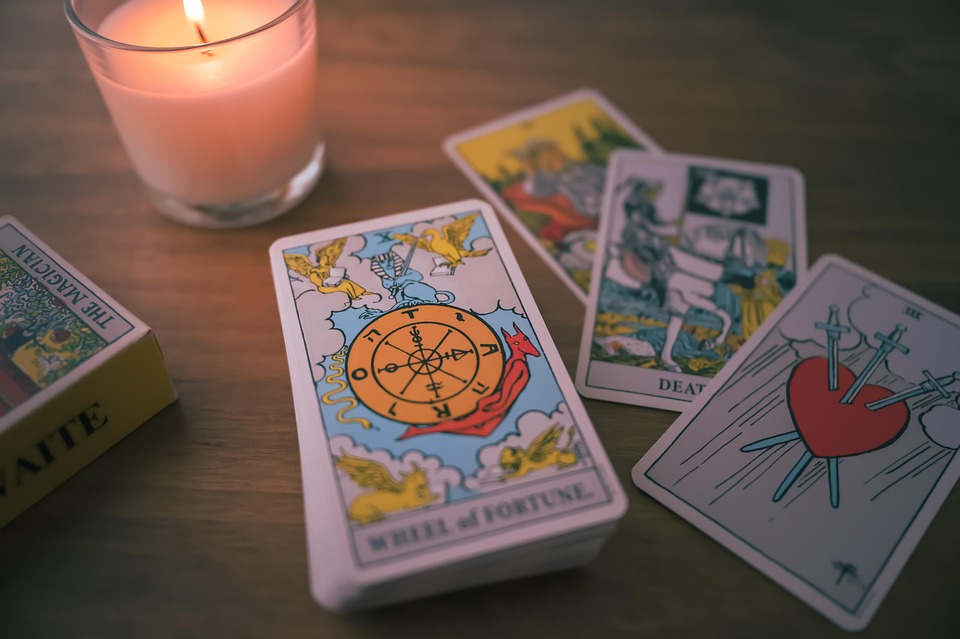Love and Loss: The Emotional Significance of the Death Tarot Card
The Death Tarot card is often one of the most feared and misunderstood cards in the tarot deck. Its depiction of a grim reaper figure, surrounded by darkness and decay, can evoke feelings of anxiety and dread in those who encounter it. However, beneath its ominous exterior, the Death card holds a profound and complex significance that speaks to the very heart of human experience: love and loss.
In the tarot, Death represents transformation, change, and the cyclical nature of life. It is a card that signals the end of one chapter and the beginning of another, where the old must die in order for the new to be born. On a deeper level, the Death card is also a powerful symbol of the emotional significance of loss and the pain of letting go.
The Cycle of Life and Death
In the natural world, death and rebirth are an integral part of the cycle of life. Plants wither and die, only to make way for new growth and renewal. Animals are born, live, and die, their passing making room for new life to emerge. This cycle is mirrored in the human experience, where relationships, experiences, and even parts of ourselves must die in order for us to grow and evolve.
The Death card reminds us that love and loss are two sides of the same coin. We cannot truly love without opening ourselves up to the possibility of loss, and we cannot truly grieve without having first loved. This card encourages us to confront our fears of loss and death, and to recognize that these experiences are an inevitable part of life.
The Emotional Significance of Loss
Loss is a universal human experience that can take many forms. We may lose a loved one, a relationship, a job, or a part of ourselves. Whatever the nature of the loss, it can evoke a range of emotions, from grief and sadness to anger and denial. The Death card acknowledges the pain of loss and encourages us to confront our emotions, rather than trying to avoid or suppress them.
In the context of love, the Death card can represent the end of a romantic relationship, the loss of a loved one, or the death of a dream or expectation. This card can be a difficult and painful experience, but it also offers an opportunity for growth and transformation. By acknowledging and working through our emotions, we can emerge from the experience of loss stronger, wiser, and more compassionate.
The Power of Transformation
The Death card is not just a symbol of loss and endings, but also of transformation and new beginnings. It reminds us that every ending marks a new beginning, and that the death of one thing can give rise to the birth of another. This card encourages us to approach loss with an open heart and mind, recognizing that it is a natural part of the cycle of life.
In the tarot, transformation is often represented by the phoenix, a mythical bird that rises from the ashes of its own death. The Death card is a call to tap into this transformative power, to let go of what is no longer serving us, and to emerge from the ashes of our old selves, reborn and renewed.
Conclusion
The Death Tarot card is a powerful and complex symbol that speaks to the very heart of human experience. It reminds us that love and loss are intertwined, and that the pain of letting go is a natural part of the cycle of life. By confronting our fears of loss and death, and by acknowledging the emotional significance of these experiences, we can emerge stronger, wiser, and more compassionate.
Ultimately, the Death card is a call to transformation, encouraging us to let go of what is no longer serving us, and to emerge from the ashes of our old selves, reborn and renewed. Whether we are experiencing the pain of loss or the joy of new beginnings, this card reminds us that every ending marks a new beginning, and that the cycle of life and death is an ongoing and ever-unfolding process.


Leave a Reply